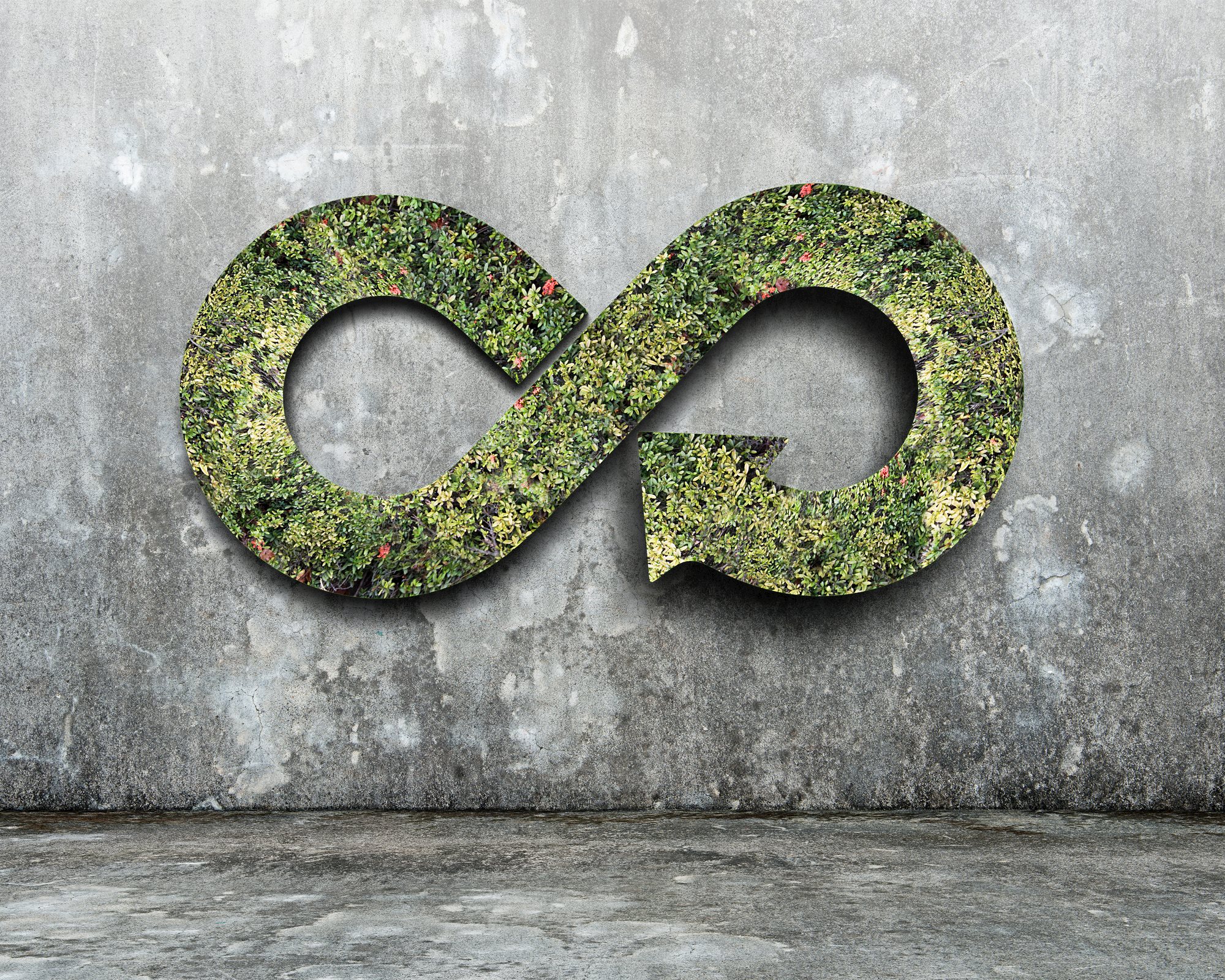Seco is moving towards a sustainable future and switching to recyclable packages
With ambitious targets of being 90% circular by 2030 and becoming carbon-neutral by 2050, Seco is making a major move towards sustainability by switching to product packaging made from recycled materials.Fagersta, May 2023 – With ambitious targets of being 90% circular by 2030 and becoming carbon-neutral by 2050, Seco is making a major move towards sustainability by switching to product packaging made from recycled materials. “We believe that to be a sustainable business, we must act with economic, environmental, and social responsibility, all while taking advantage of the opportunities that arise from the integration of sustainability in our value chain,” says Maria Blomqvist, Head of Sustainability & EHS at Seco.
The move is part of the continuing push to work with sustainability in an active and structured way. Seco aims to recycle as much raw material as possible and to increase the efficiency of manufacturing processes - the effect of these efforts will be the continued reduction of waste and improved consumption of energy and water. “We aim to be recognized as responsible manufacturers and to take resolute actions on sustainability, and as part of that we are switching our product packages and packaging material to sustainable packages made from recyclable material,” says Eva Söderberg, Product Manager Product Packaging at Seco. “Sustainability is built into every one of our strategic pillars and it forms a part of our vision. We follow four objectives that guide our sustainability work - we aim to be regarded as one of the sustainability role models in our industry, we increase circularity by driving the shift to a circular economy, we reduce our climate impact and we put safety on top of the agenda, as our employees are our most valuable resource.”
The new sustainable packages will replace the previous versions made for inserts that have been in use since 2008 and which were made from virgin materials. The new packaging will be made of recycled material which mainly comes from discarded packaging plastic from households, and the increased use of recycled plastic will improve sustainability by reducing carbon emissions while helping Seco to reach the goal of 90% circularity by 2030.
In 2021, the virgin plastic used for insert boxes consisted of about 122 ton of plastic and generated approximately 173 tons of CO2, and solid tool boxes generated approximately 35 tons of CO2. The short-term goal for 2023 is to convert 17 ton into recyclable material in the product packages which is equivalent to 14 % of the total amount being used. In 2024 the amount will reach 99 ton or 81 %. Seco will save around 131 tons of CO2 emissions compared to 2021 by replacing virgin plastic with recycled material.
The introduction of recycled materials will see the color of insert boxes change from pure white to a darker grey color, which is most efficient from a sustainability point of view.
Until now, Seco has used white DC packaging boxes made of Kraft Liner, with an overlay of white linen paper, a material that requires an additional bleaching process which generates waste and is harmful to the environment. The average overall percentage of recycled raw material used in the white boxes used by Seco is calculated to be 77.2%, while the new brown packaging boxes will consist of 100% recyclable material.

In the Asia Pacific Distribution Center (ADC) Seco will shift from boxes made from 77.2% recyclable material to new designs made with 100% recyclable material. In the America Distribution Center (UDC) the recyclable material will go from 20% to 100%, while the China Distribution Center (SDC) is transitioning from white recycled paper to brown recycled paper, with the bleaching process being stopped entirely.
Since 2020, the filling material in the boxes has consisted of paper filling rather than plastic bubble sheets, and the updated brown boxes will be branded with an inked black Seco logo which will be more environmentally friendly than printing a blue logo on white boxes. “Every year vast amounts of waste are generated from packaging, and our goal is to break that cycle. We want our packaging to be part of a circular, sustainable economy. We are constantly looking for new ways, materials and processes to ensure that our business can reach its sustainability goals,” says Maria Blomqvist.

